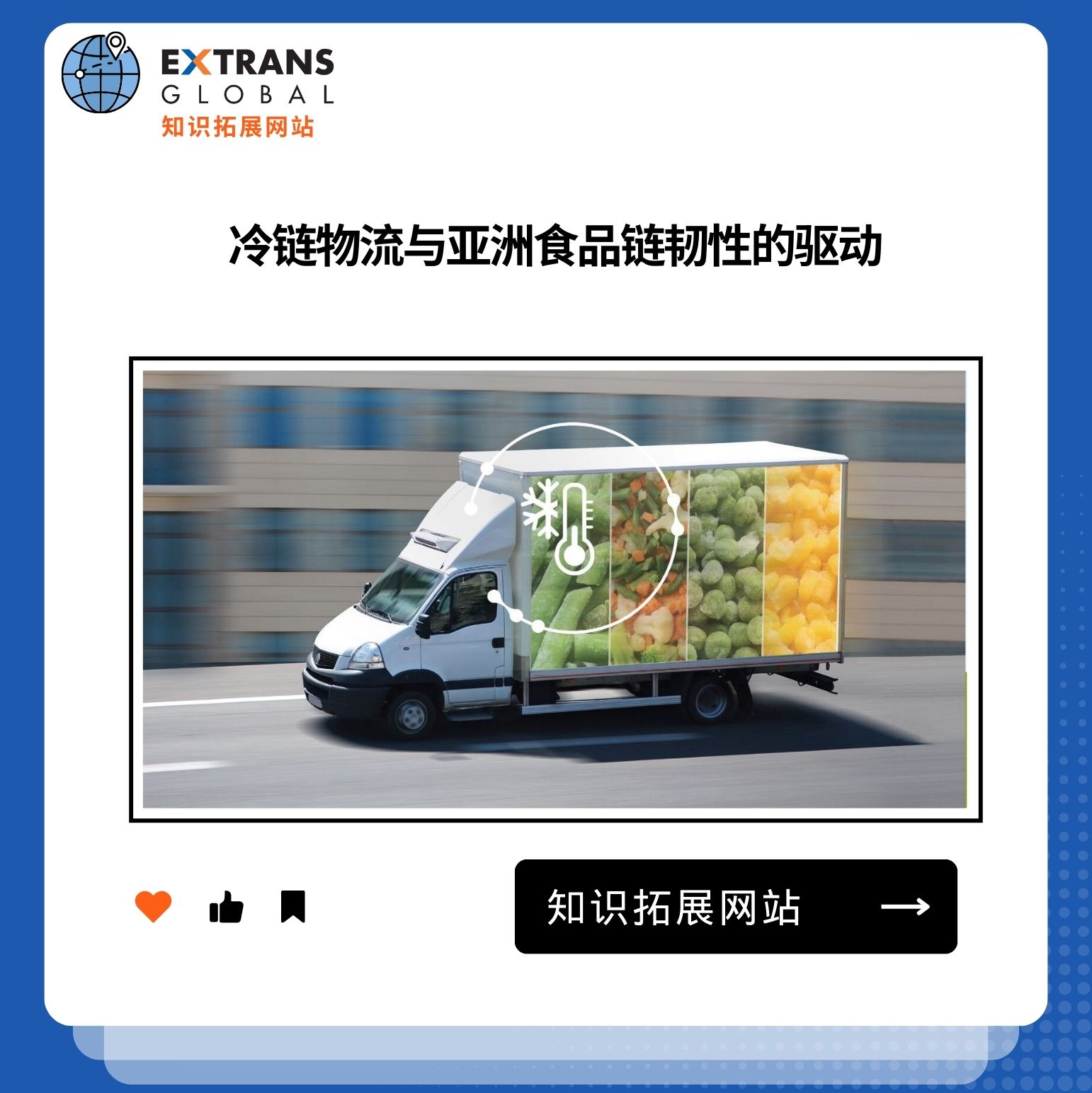冷链物流与亚洲食品链韧性的驱动
冷链物流与亚洲食品链韧性的驱动
冷链物流对保持易腐商品的质量和安全至关重要,尤其是在食品行业。随着亚洲快速城市化和气候多样化,建立韧性的冷链对确保该地区的食品安全和经济稳定至关重要。本文探讨了冷链物流的重要性、亚洲面临的挑战以及增强食品供应链韧性的策略。
冷链物流的重要性
1. 质量保持
冷链物流涉及一个温控供应链,确保易腐产品(如水果、蔬菜、乳制品和肉类)从生产到消费保持新鲜。根据联合国粮农组织(FAO)的数据,全球每年约有13亿吨食品被浪费,其中很大一部分归因于冷藏和存储不足。
2. 减少食品浪费
在亚洲,食品浪费是一个紧迫的问题,中国和印度等国因供应链效率低下而面临重大损失。亚行(ADB)的一份报告估计,亚洲生产的超过30%的食品被浪费。有效的冷链系统可以通过延长易腐物品的保质期来减少这种浪费,确保在运输和存储过程中损失更少的食品。
3. 消费者安全
在供应链的整个过程中保持严格的温度控制可以最大限度地降低食品安全隐患。世界卫生组织(WHO)表示,每年约有十分之一的人因受污染的食品而生病。通过确保食品在适当的温度下存储和运输,冷链物流在保护消费者健康方面发挥着关键作用。
亚洲冷链面临的挑战
1. 基础设施限制
尽管冷链的重要性显而易见,但许多亚洲地区仍面临基础设施不足和运输网络不可靠的问题。根据德勤(Deloitte)2021年的报告,超过50%的冷储存设施在印度非功能性或缺乏确保效率所需的技术。
2. 气候多样性
亚洲的气候多样性对冷链物流提出了独特挑战。从东南亚的潮湿热带到中亚的干旱地区,在不同环境中保持一致的温度需要适应性强的物流解决方案。
3. 技术差距
先进技术(如物联网(IoT)和区块链)的采用在该地区仍然不均衡。虽然日本和韩国在技术整合方面处于前沿,但其他国家却滞后,影响了冷链操作的效率和透明度。
建立韧性的策略
1. 基础设施投资
为了解决基础设施限制,政府和私营部门必须投资于开发强大的冷链系统。FAO强调,需要300亿美元的投资来改善发展中地区的冷链物流。
2. 采用技术
利用物联网传感器和区块链等先进技术可以显著提高对温度敏感产品的监控和跟踪。这些创新允许实时数据收集,使利益相关者能够做出明智的决策并减少损耗。
3. 培训与发展
为所有参与冷链物流的利益相关者提供培训至关重要。掌握最佳实践可以提高运营效率,确保产品得到正确处理,从而增强供应链的韧性。
4. 合作与伙伴关系
鼓励政府、私营企业和非政府组织之间的合作可以带来创新解决方案和资源共享。例如,合作可以促进冷链基础设施项目的融资获取,最终使所有相关方受益。
在亚洲建立一个韧性的冷链物流系统对该地区的食品安全和经济增长至关重要。通过解决现有挑战并投资于基础设施和技术,利益相关者可以创建一个更高效、可靠的食品供应链。随着对新鲜安全食品的需求不断上升,强大冷链的重要性只会增加,这使得亚洲在食品物流策略上适应和创新变得尤为重要。

top




